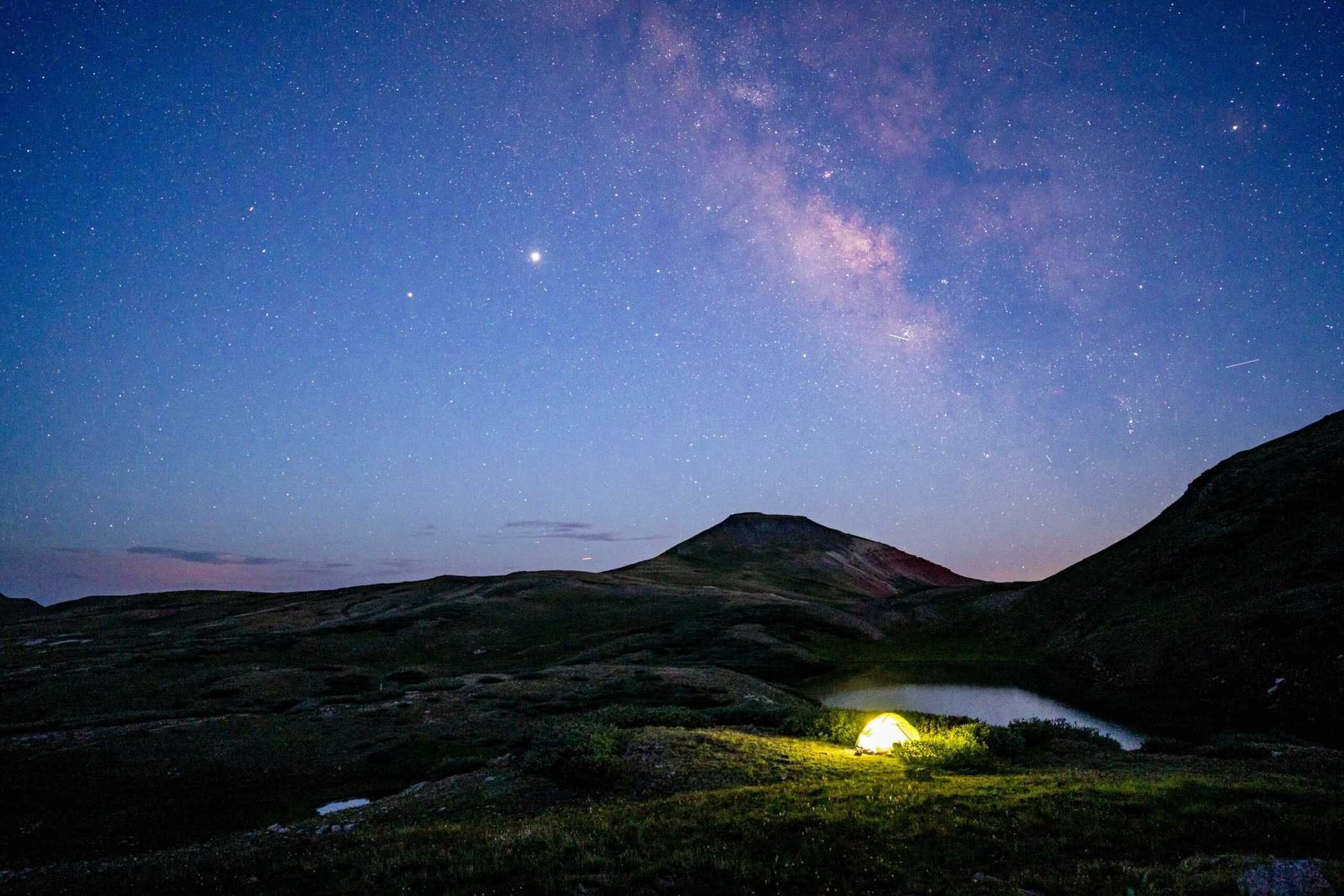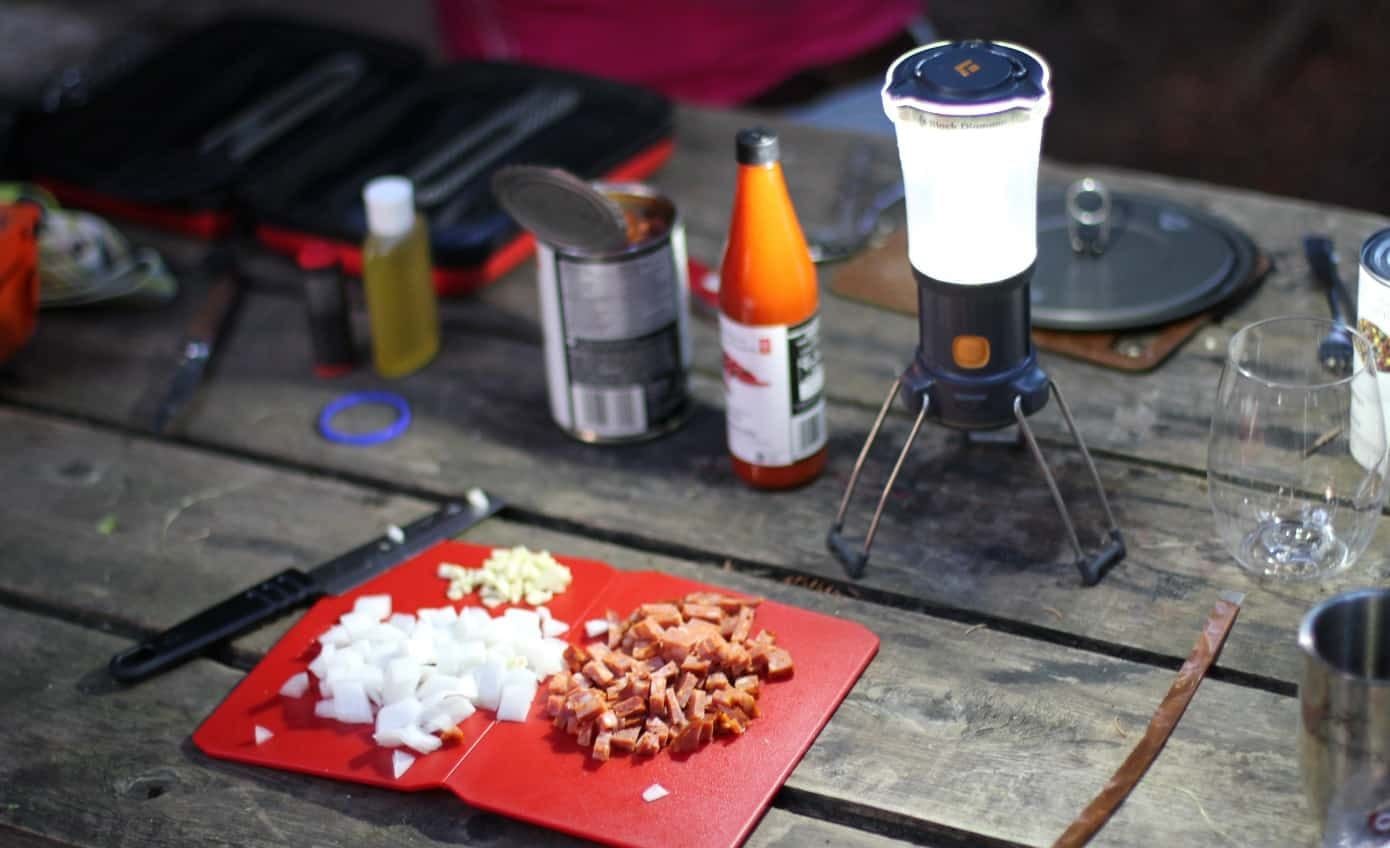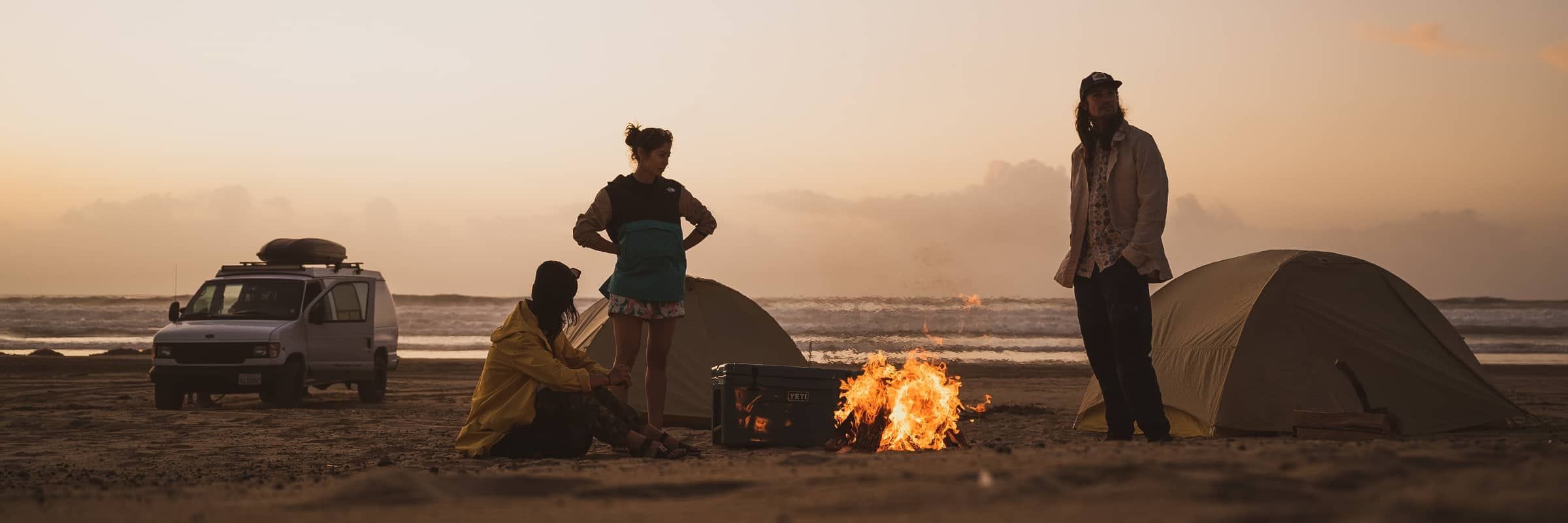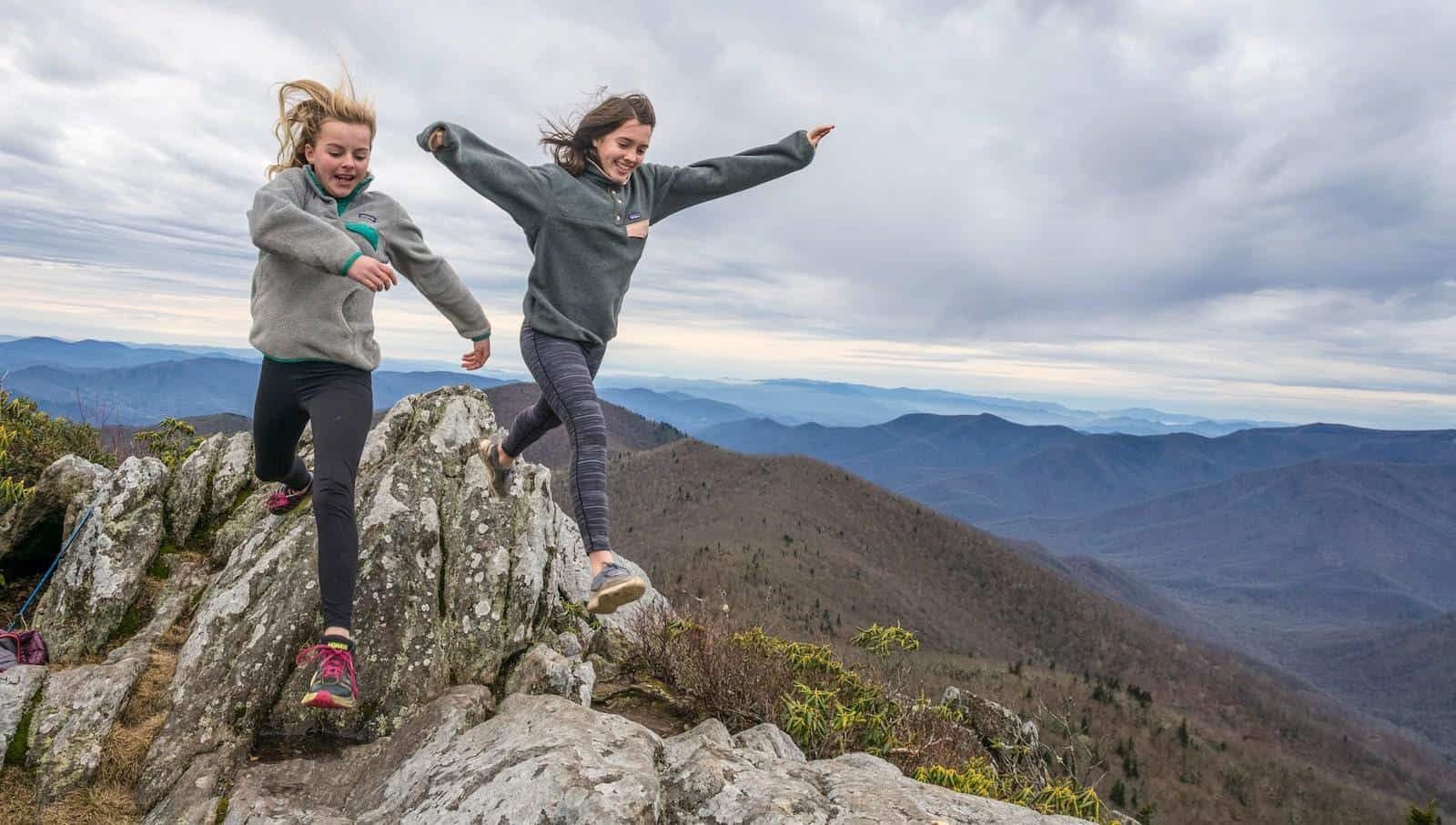Who doesn’t want a cabin in the woods? Better yet, who doesn’t want a portable cabin in the woods? OK, maybe a tent isn’t quite as luxurious as a cabin. Nevertheless, its spartan nature doesn’t mean it can’t be a safe and comfy place you can call home in the backcountry! Today, we take a look at the top backpacking and backpacking tents of the year.
We’ve evaluated tents based on price, weight, packability, functionality, versatility, and durability. For its outstanding performance in all those areas, our top pick for 2024’s best backpacking tent goes to the Marmot Tungsten 1 Person Tent.
Read on to see our other favourites. Or, if you love camping but aren’t crazy about hiking, take a look at our Best Camping Tents instead.
The Top Backpacking Tents Reviewed
- Eco-friendly<\/span><\/li>
- User-friendly<\/span><\/li>
- Durable<\/span><\/li><\/ul>","_id":"930b918","product_id":""},{"product_link":"https:\/\/www.altitude-sports.com\/products\/nemo-equipment-hornet-elite-osmo-2p-tent-llll-nem-811666034083","product_feature":"
- Innovative<\/li>
- Minimalist<\/li>
- Comfortable<\/li><\/ul>","_id":"7f03453","product_id":""},{"_id":"d88b457","product_link":"https:\/\/www.altitude-sports.com\/products\/samaya-inspire2-bivouac-llll-sya-sains2","product_feature":"
- Waterproof<\/li>
- Innovative<\/li>
- Resistant<\/li><\/ul>","product_id":""},{"product_link":"https:\/\/www.altitude-sports.com\/products\/msr-hubba-hubba-2-tent-2-places-llll-msr-11506","product_feature":"
- Backpacking\/bikepacking<\/li>
- Waterproof<\/li>
- Livable design<\/li><\/ul>","_id":"6dc3f60","product_id":""},{"product_link":"https:\/\/www.altitude-sports.com\/products\/eureka-summer-pass-2-llll-euk-2629109","product_feature":"
- Intuitive design<\/li>
- Ample height<\/li>
- Cosy<\/li><\/ul>","_id":"20718e0","product_id":""},{"product_link":"https:\/\/www.altitude-sports.com\/products\/big-agnes-copper-spur-hv-ul2-tent-llll-bag-thvcso220","product_feature":"
- Streamlined setup<\/span><\/li>
- Lightweight<\/span><\/li>
- Vestibule awnings<\/span><\/li><\/ul>","_id":"49c3368","product_id":""},{"product_link":"https:\/\/www.altitude-sports.com\/products\/marmot-tungsten-1-person-tent-llll-mar-m12307","product_feature":"
- Lightweight<\/span><\/li>
- Spacious<\/span><\/li>
- Price<\/span><\/li><\/ul>","_id":"0260cfe","product_id":""},{"product_link":"https:\/\/www.altitude-sports.com\/products\/msr-thru-hiker-mesh-house-1-llll-msr-10822","product_feature":"
- Ultralight<\/span><\/li>
- Packs small<\/span><\/li>
- Spacious interior<\/span><\/li><\/ul>","_id":"fdff345","product_id":""},{"product_link":"https:\/\/www.altitude-sports.com\/products\/mountain-hardwear-trango-2-tent-llll-mhw-1854071","product_feature":"
- Storm resistant<\/span><\/li>
- Compact<\/span><\/li>
- Durable<\/span><\/li><\/ul>","_id":"405cd65","product_id":""}],"single_product_link":null,"cta_1_text":null,"cta_2_text":null,"pros":null,"cons":null,"collection":[{"feature":"
- Lorem ipsum dolor<\/li>
- Lorem ipsum dolor<\/li>
- Lorem ipsum dolor<\/li><\/ul>","_id":"7bdda7f"},{"feature":"
- Lorem ipsum dolor<\/li>
- Lorem ipsum dolor<\/li>
- Lorem ipsum dolor<\/li><\/ul>","_id":"af6008a"}],"single_product_id":null,"cta_1_url":null,"cta_2_url":null,"credit":null,"limit":null,"collection_link":null}
- Compact<\/span><\/li>
- Packs small<\/span><\/li>
- Spacious<\/span><\/li>
- Lightweight<\/span><\/li>
- Streamlined setup<\/span><\/li>
- User-friendly<\/span><\/li>
Best Ultralight Backpacking Tents
The Big Agnes Tiger Wall UL2 Tent is the pinnacle of ultralight, three-season, semi-freestanding tents. Redesigned with eco-friendly fabric, this tent not only minimizes environmental impact but also offers enhanced UV resistance. Its single pole architecture provides a robust yet lightweight structure, perfect for gram counters seeking reliability and convenience on multi-day adventures. Features dual doors and vestibules, storm flaps, and innovative TipLok Tent Buckle for simplified setup.
Need something a little different for your globe-trotting adventure—by bike? The Tiger Wall UL2 Bikepack Tent, designed specifically for bikepacking, feature a compact 12" Shortstik Poleset ideal for handlebars and panniers, multiple bike-frame attachment configurations, and specialized storage options for oversized gear and helmets.
Why People Love It
Beloved for its ultralight design, eco-friendly materials, and user-friendly features, it offers reliable protection and comfort for around-the-world travels.
Price: 0.00$
Brand Name | Product Type
- Lorem ipsum dolor<\/li>
- Lorem ipsum dolor<\/li>
- Lorem ipsum dolor<\/li><\/ul>","_id":"3c8d0b6"},{"feature":"
- Lorem ipsum dolor<\/li>
- Lorem ipsum dolor<\/li>
- Lorem ipsum dolor<\/li><\/ul>","_id":"20bd408"}],"single_product_id":"","cta_1_url":{"url":"https:\/\/www.altitude-sports.com\/products\/big-agnes-tiger-wall-ul2-solution-dye-tent-llll-bag-ttwul221","is_external":"","nofollow":"","custom_attributes":""},"cta_2_url":{"url":"","is_external":"","nofollow":"","custom_attributes":""},"credit":null,"limit":null,"collection_link":null}
The NEMO Equipment Hornet Elite OSMO 2-Person Tent is the ultimate tent for extreme minimalists, offering enhanced performance and ultralight durability with its 100% GRS-certified recycled fabric. Thoughtful updates, including the Nightlight Pocket headlamp diffuser and Flybar volumizing clip, maximize comfort and space without adding weight.
This tent's technical design and minimal pole structure make it exceptionally lightweight, while features like the Gatekeeper door tie back and new Divvy Cube stuff sack add convenience and functionality.
Why People Love It
Beloved for its ultralight weight, eco-friendly materials, and innovative features that provide exceptional comfort and space, making it an ideal choice for minimalist bikepacking adventures.
Price: 0.00$
Brand Name | Product Type
- Lorem ipsum dolor<\/li>
- Lorem ipsum dolor<\/li>
- Lorem ipsum dolor<\/li><\/ul>","_id":"ed1d605"},{"feature":"
- Lorem ipsum dolor<\/li>
- Lorem ipsum dolor<\/li>
- Lorem ipsum dolor<\/li><\/ul>","_id":"60fe1e7"}],"single_product_id":"","cta_1_url":{"url":"https:\/\/www.altitude-sports.com\/products\/nemo-equipment-hornet-elite-osmo-2p-tent-llll-nem-811666034083","is_external":"","nofollow":"","custom_attributes":""},"cta_2_url":{"url":"","is_external":"","nofollow":"","custom_attributes":""},"credit":null,"limit":null,"collection_link":null}
Experience the revolution in 3-season bivouac with the Samaya INSPIRE2 Tent. It boasts a 2-person capacity, lots of internal storage space, and is 100% waterproof.
Versatile and modular, the INSPIRE2 offers on-trail comfort and unrivalled performance, encouraging you to embrace the moment, take your time, and reconnect with nature.
Price: 0.00$
Brand Name | Product Type
- Lorem ipsum dolor<\/li>
- Lorem ipsum dolor<\/li>
- Lorem ipsum dolor<\/li><\/ul>","_id":"4c3451c"},{"feature":"
- Lorem ipsum dolor<\/li>
- Lorem ipsum dolor<\/li>
- Lorem ipsum dolor<\/li><\/ul>","_id":"a0646dd"}],"single_product_id":"","cta_1_url":{"url":"https:\/\/www.altitude-sports.com\/products\/samaya-inspire2-bivouac-llll-sya-sains2","is_external":"","nofollow":"","custom_attributes":""},"cta_2_url":{"url":"","is_external":"","nofollow":"","custom_attributes":""},"credit":null,"limit":null,"collection_link":null}
If you want a tent that’ll bear witness to the three legs of your Triple Crown, then the MSR Hubba Hubba Tent is an excellent option. At just under 3 lb, this highly packable tent won’t grow heavy on your back. In bad weather, MSR’s DuraShield fabric coating and taped seams keep the elements at bay. What’s more, the premium Easton Syclone Poles are lightweight and stand up to powerful winds.
Thru-cyclists, listen up: MSR has also adapted their cherished Hubba Hubba for you. The Hubba Hubba Bikepack Tent comes in both 1-person and 2-person varieties, boasting bike-specific features like compact DAC poles, waterproof handlebar bag, bike-stable design, and much more.
Why People Love It
Beloved for its blend of comfort and weight, offering a spacious and livable design, reliable waterproof protection, and durable construction—perfect for thru-hiking or thru-cycling.
Price: 0.00$
Brand Name | Product Type
- Lorem ipsum dolor<\/li>
- Lorem ipsum dolor<\/li>
- Lorem ipsum dolor<\/li><\/ul>","_id":"ed1d605"},{"feature":"
- Lorem ipsum dolor<\/li>
- Lorem ipsum dolor<\/li>
- Lorem ipsum dolor<\/li><\/ul>","_id":"60fe1e7"}],"single_product_id":"","cta_1_url":{"url":"https:\/\/www.altitude-sports.com\/products\/msr-hubba-hubba-2-tent-2-places-llll-msr-11506","is_external":"","nofollow":"","custom_attributes":""},"cta_2_url":{"url":"https:\/\/www.altitude-sports.com\/products\/msr-hubba-hubba-bikepack-tent-2-person-llll-msr-13707","is_external":"","nofollow":"","custom_attributes":""},"credit":null,"limit":null,"collection_link":null}
Other favourites
For couples seeking a comfy homestead in the backcountry, the Eureka Summer Pass 2 Person Tent fits the bill. A spacious interior and six pockets ensures plenty of storage and living space.
Double doors make sneaking out for a midnight pee without waking your partner a cinch. Also, the Eco-Duralumin frame is both strong and durable. At 5 lb, however, the Summer Pass 2 is on the heavier side. But, for all it has to offer, we don’t mind.
Why People Love It
Beloved as a spacious and comfortable backcountry retreat with ample storage, convenient double doors, and a durable frame (despite its slightly heavier weight).
Price: 0.00$
Brand Name | Product Type
- Lorem ipsum dolor<\/li>
- Lorem ipsum dolor<\/li>
- Lorem ipsum dolor<\/li><\/ul>","_id":"38f141f"},{"feature":"
- Lorem ipsum dolor<\/li>
- Lorem ipsum dolor<\/li>
- Lorem ipsum dolor<\/li><\/ul>","_id":"b7f932e"}],"single_product_id":"","cta_1_url":{"url":"https:\/\/www.altitude-sports.com\/products\/eureka-summer-pass-2-llll-euk-2629109","is_external":"","nofollow":"","custom_attributes":""},"cta_2_url":{"url":"","is_external":"","nofollow":"","custom_attributes":""},"credit":null,"limit":null,"collection_link":null}
The Copper Spur HV UL is one of Big Agnes' best-selling, full-featured, ultralight backpacking tents. Its high volume design provides ample living space in this freestanding structure. Traditional, media, and 3D bin pockets help to organize your gear without cramping your sleep space or capacity to sit up inside. Plus, awning-style vestibules can be customized to expand living space, great for both drizzle and sun protection.
To simplify tent setup, three functions are combined into one mechanism. The secure pole-tip capture won’t release your pole tip during setup, streamlining the process especially if you are setting up solo. The rainfly attachment and tensioner plus the stakeout loop are included to create a trouble-free setup trifecta!
Price: 0.00$
Brand Name | Product Type
- Lorem ipsum dolor<\/li>
- Lorem ipsum dolor<\/li>
- Lorem ipsum dolor<\/li><\/ul>","_id":"4c3451c"},{"feature":"
- Lorem ipsum dolor<\/li>
- Lorem ipsum dolor<\/li>
- Lorem ipsum dolor<\/li><\/ul>","_id":"a0646dd"}],"single_product_id":"","cta_1_url":{"url":"https:\/\/www.altitude-sports.com\/products\/big-agnes-copper-spur-hv-ul2-tent-llll-bag-thvcso220","is_external":"","nofollow":"","custom_attributes":""},"cta_2_url":{"url":"","is_external":"","nofollow":"","custom_attributes":""},"credit":null,"limit":null,"collection_link":null}
Our pick for best all-around backpacking tent this year goes to the Marmot Tungsten 1 Person Tent. This jack-of-all-trades weighs in at a reasonable 3 lb 8.8 oz. The shorter folded pole length is designed to fit easier into your pack for bikepacking or kayak trips. This means you’ll have plenty of room for your gear without feeling cramped. Best of all, the Tungsten 1 comes with its own footprint.
So, whether you’re doing a weekend in the Adirondacks or solo thru-hiking the Continental Divide Trail, the Marmot Tungsten 1 is a worthy companion. Want to upsize? Check out the Marmot Tungsten 2 Person Tent which boasts a similar design.
Why People Love It
Beloved as a versatile, lightweight, and compact option that offers ample space and comes with its own footprint, making it perfect for any solo adventure.
Price: 0.00$
Brand Name | Product Type
- Lorem ipsum dolor<\/li>
- Lorem ipsum dolor<\/li>
- Lorem ipsum dolor<\/li><\/ul>","_id":"f4160e5"},{"feature":"
- Lorem ipsum dolor<\/li>
- Lorem ipsum dolor<\/li>
- Lorem ipsum dolor<\/li><\/ul>","_id":"74e16c6"}],"single_product_id":"","cta_1_url":{"url":"https:\/\/www.altitude-sports.com\/products\/marmot-tungsten-1-person-tent-llll-mar-29160","is_external":"","nofollow":"","custom_attributes":""},"cta_2_url":{"url":"","is_external":"","nofollow":"","custom_attributes":""},"credit":null,"limit":null,"collection_link":null}
Unless you’re a diehard ultralighter, the MSR Thru-Hiker Mesh House 1 isn’t for you. At just 10 oz, however, it’s an ultralight hiker’s dream. Set-up is fast and easy and requires two adjustable trekking poles. Also, the durable, Xtreme Shield floor is waterproof. But, if you do get caught in a downpour, the lack of a fly means a bad time. For that, you can always pair it with the Thru-Hiker 70 or 100 Wing.
Offering the great ventilation and livable space you want when you’re crossing the buggy Oregon sections of the PCT, or the wet & humid lowlands on the Appalachian Trail, this shelter system lets you choose the right combination of weight and protection you need.
Why People Love It
Adored by ultralight backpackers for its incredibly light weight, quick setup, and excellent ventilation, making it ideal for diverse trail conditions.
Price: 0.00$
Brand Name | Product Type
- Lorem ipsum dolor<\/li>
- Lorem ipsum dolor<\/li>
- Lorem ipsum dolor<\/li><\/ul>","_id":"fb6f63e"},{"feature":"
- Lorem ipsum dolor<\/li>
- Lorem ipsum dolor<\/li>
- Lorem ipsum dolor<\/li><\/ul>","_id":"ae78fa8"}],"single_product_id":"","cta_1_url":{"url":"https:\/\/www.altitude-sports.com\/products\/msr-thru-hiker-mesh-house-2-llll-msr-10823","is_external":"","nofollow":"","custom_attributes":""},"cta_2_url":{"url":"","is_external":"","nofollow":"","custom_attributes":""},"credit":null,"limit":null,"collection_link":null}
Best Tent for Winter Backpacking
What happens when you combine Mountain Hardwear’s lightweight backpacking tents with their four-season expedition tents? You get the Trango 2-Person Tent. It is a bastion of comfort and security amidst the unforgiving conditions of the alpine realm.
Tried and tested, Mountain Hardwear has spent 20 years perfecting this tent for your winter adventuring. The Trango is fully snow-resistant and watertight, while an integrated vestibule provides adjoining storage and food prep area outside of main living space, making it easier than ever to take the security and comfort of home 8,000 metres up. Weight just shy of 10 lb, which is quite heavy, but it won’t let you down in winter.
Why People Love It
Beloved for its unmatched comfort and security in the harshest winter conditions, boasting 20 years of meticulous design refinement to ensure snow resistance, watertightness, and convenience.
Price: 0.00$
Brand Name | Product Type
- Lorem ipsum dolor<\/li>
- Lorem ipsum dolor<\/li>
- Lorem ipsum dolor<\/li><\/ul>","_id":"ed1d605"},{"feature":"
- Lorem ipsum dolor<\/li>
- Lorem ipsum dolor<\/li>
- Lorem ipsum dolor<\/li><\/ul>","_id":"60fe1e7"}],"single_product_id":"","cta_1_url":{"url":"https:\/\/www.altitude-sports.com\/products\/mountain-hardwear-trango-2-tent-llll-mhw-1854071","is_external":"","nofollow":"","custom_attributes":""},"cta_2_url":{"url":"","is_external":"","nofollow":"","custom_attributes":""},"credit":null,"limit":null,"collection_link":null}

What to look for when buying a backpacking tent
Size
Typically, backpacking tents have a capacity of one to two people. This is indicated by 1P or 2P, respectively. If you’re tall, make sure to check the dimensional specs, like width, height (for head room), and length.
Seasonality
Three-season tents are most common, as much of the backpacking we do happens in peak season (spring to autumn). A three-season tent also tends to be lighter and less expensive when compared to a four-season or expedition tent.
You’ll occasionally also see one-season and two-season tents. These are pretty much identical and make excellent summer shelters, as they’re both breathable and lightweight. That said, their use case is hopelessly restricted to fine weather.
A four-season tent (like the Mountain Hardwear Trango Tent) is a good option if you find yourself doing both three-season and winter backpacking and prefer to have just one tent for all your needs.
Weight
Most backpacking tents will weigh in the range of one pound and five pounds. While it doesn’t seem like much, it certainly feels like a lot after several dozen miles. When it comes to hiking, if you can live with a few less frills, then a lightweight tent is the way to go.
Features
When it comes to tents, there aren’t many features that you necessarily need. However, standard features like internal storage pockets, a bathtub floor, and dynamic ventilation make a good tent even better.
Still unsure how to pick your camping tent? Check out our main article on the subject.
FAQs for backpacking tents
How heavy should a tent be for backpacking?
First, establish what you want out of your tent. Is it just a humble shelter to catch some z’s? Or do you want a little more comfort? Is it for a thru-hike or just a weekend trip? Once you’ve answered these questions, you can better decide how heavy that tent should be. In general, one pound is on the extremely light side, while five pounds and over is on the heavy spectrum.
What's the difference between a camping tent and a backpacking tent?
Simply put, camping is about staying put while backpacking is about moving around. Hence, camping tents tend to have a few more frills at the expense of weight. Conversely, backpacking tents are more minimalist and lightweight, which usually comes at the cost of certain comforts.
How much should I spend on a tent?
As we’ve seen in the product guide above, tents can range dramatically in price. Similar to the question about weight, it depends on what you’re going to use it for. For instance, with a smaller budget, you can get yourself a high-quality summer tent. But, if you need something that'll keep you safe and comfortable in winter weather, it won’t cut it. Now we’re looking at the Trango Tent, which is more than threefold in price.
Do I need to use a footprint with my tent?
Not always. It largely depends on the terrain and the local climate. Nevertheless, using a footprint is highly suggested. At the very least, it’ll keep the floor of your tent from incurring damage over time and provide an extra layer against wet ground.
Conclusion
This wraps up 2024’s best backpacking tents. Our top-pick for best overall goes to the Marmot Tungsten 1 Person Tent for its balance of durability, comfort, versatility, weight, and price.
Next, find the perfect sleeping bag and sleeping pad and every other accessory you might need to complete your wilderness trinity!







